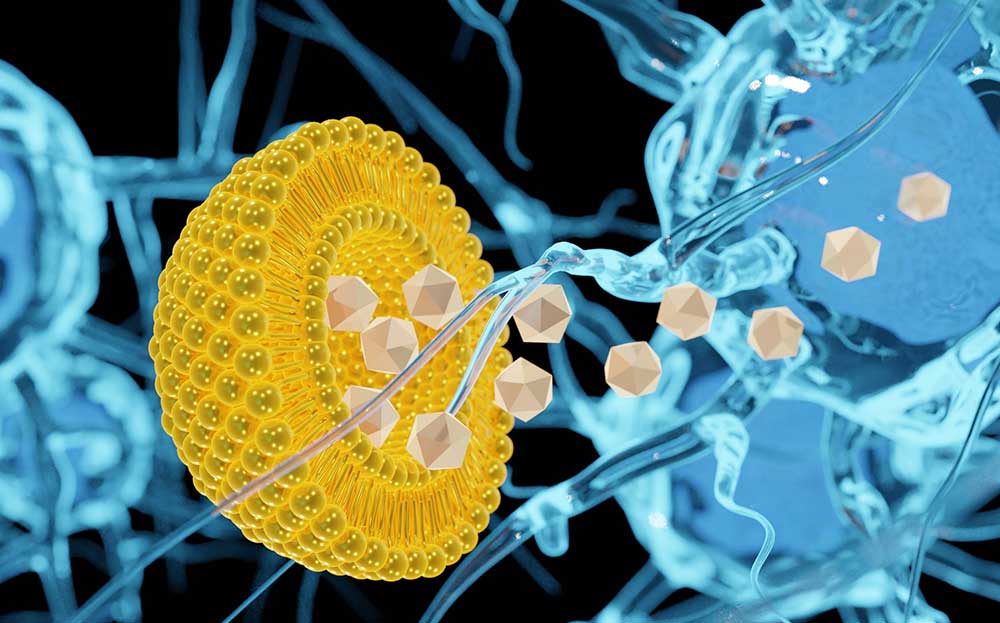Nanotechnology, the manipulation of matter at the atomic and molecular scale, is revolutionizing a broad range of industries, from medicine to electronics. At the heart of this revolution in nanotechnology engineering are chemical engineers pioneering nanomaterials’ synthesis, characterization, and application.
How has Nanotechnology Evolved
As we understand it today, nanotechnology is not the result of a singular discovery but rather the culmination of advances in multiple disciplines over time. The progression toward understanding and manipulating materials at the nanoscale has been gradual. Here’s a brief timeline of key milestones leading to the development of modern nanotechnology:
- Conceptual Foundations: The idea of manipulating individual atoms was popularized by physicist Richard Feynman in his famous 1959 lecture, “There’s Plenty of Room at the Bottom.” In this talk, he envisioned the possibility of directly manipulating individual atoms and molecules to fabricate more minor and more efficient devices.
- Development of the Scanning Tunneling Microscope (STM): In 1981, Gerd Binnig and Heinrich Rohrer developed the STM at IBM Zurich. This instrument was crucial as it allowed scientists to visualize and move individual atoms, marking a significant step in nanoscale research. They received the Nobel Prize in Physics in 1986 for this work.
- Discovery of Fullerenes: In 1985, researchers Robert Curl, Harold Kroto, and Richard Smalley discovered a new form of the carbon molecule, the buckyball (C60), which is spherical and consists of 60 carbon atoms. This opened the door to new forms of carbon-based nanomaterials, including carbon nanotubes. They were awarded the Nobel Prize in Chemistry in 1996 for this discovery.
- Advancements in Techniques: The 1980s and 1990s also witnessed the development of techniques like Atomic Force Microscopy (AFM), which furthered our ability to study and manipulate materials at the nanoscale.
- Drexler’s Vision: in his 1986 book “Engines of Creation,” Eric Drexler presented a comprehensive vision of what nanotechnology might become, including the idea of “assemblers” or molecular machines that could manufacture objects at the atomic level. While some of Drexler’s visions remain speculative, his work inspired interest in the field.
- Nanomaterial Synthesis: The late 20th century and early 21st century saw significant advances in synthesizing various nanomaterials, from quantum dots to nanorods.
- Consolidation of the Field: In the early 2000s, governments worldwide began investing heavily in nanotechnology research, leading to the establishment of dedicated research institutions, academic programs, and industry partnerships.
The Promise of Nanotechnology
Nanotechnology offers exciting possibilities due to the unique properties of materials at the nanoscale. These properties, which can be dramatically different from those of the bulk material, can be tuned by controlling the nanoparticles’ size, shape, and composition. This opens up possibilities for designing materials with tailored properties for specific applications.
Chemical engineers are at the forefront of this research. They are developing methods for the synthesis of nanoparticles, including chemical reduction, sol-gel synthesis, and hydrothermal synthesis. They are also developing techniques for characterizing nanoparticles, such as electron microscopy and X-ray diffraction, to understand their structure and properties.
Furthermore, chemical engineers are exploring nanoparticles’ potential uses in various applications. This includes their use in drug delivery, where nanoparticles can be designed to deliver drugs directly to diseased cells, improving the effectiveness of the treatment and reducing side effects. It also includes their use in electronics, where nanoparticles can create smaller, faster, and more energy-efficient devices.
The Impact of Nanotechnology on Society
The impact of nanotechnology extends far beyond the realms of medicine and electronics. In the energy sector, for instance, nanotechnology is being used to improve the efficiency of solar cells and batteries, potentially revolutionizing how we generate and store energy. In the environmental field, nanoparticles are being explored for their potential in pollution control and remediation, offering new ways to clean up our environment. The societal implications of these advancements are profound, promising not only improved technologies but also better health outcomes, cleaner energy, and a more sustainable future.
Case Study: Nanoparticles in Drug Delivery
One of the most promising applications of nanotechnology is in the field of drug delivery. Nanoparticles can be designed to deliver drugs directly to diseased cells, improving the effectiveness of the treatment and reducing side effects. Chemical engineers have been instrumental in developing these nanoparticle-based drug delivery systems.
One example is the use of liposomes, which are spherical vesicles composed of a lipid bilayer. Liposomes can encapsulate drugs and deliver them directly to diseased cells, improving the effectiveness of the treatment and reducing side effects.
Chemical engineers have been involved in the design and synthesis of liposomes, optimizing their size, charge, and lipid composition to maximize their drug-loading capacity and targeting ability. They have also been involved in characterizing liposomes, using techniques such as dynamic light scattering and cryo-electron microscopy to understand their structure and properties.
Furthermore, chemical engineers have been involved in testing liposome-based drug delivery systems, both in vitro and in vivo. This includes the assessment of their drug release kinetics, their stability in biological fluids, and their efficacy in delivering drugs to diseased cells.
Through their work, chemical engineers have helped advance the field of nanoparticle-based drug delivery, offering new possibilities for treating diseases.
Future Directions and Challenges
Despite the exciting progress in nanotechnology, challenges remain. The synthesis of nanoparticles often involves complex processes that need to be carefully controlled to achieve the desired properties. The characterization of nanoparticles also presents challenges due to their small size and the often complex nature of their structures. Furthermore, the application of nanoparticles, particularly in the biomedical field, raises questions about their safety and potential environmental impact. As chemical engineers continue to push the boundaries of nanotechnology, they will need to address these challenges, ensuring that the development of nanotechnology is not only innovative but also responsible and sustainable.
Why Chemical Engineers Are Drawn to Nanotechnology
Chemical engineers who delve into nanotechnology engineering are breaking barriers and expanding the horizons of what’s possible in both domains.
- Fundamental Similarities: At their core, both chemical engineering and nanotechnology deal with interactions at the molecular and atomic levels. This foundational knowledge makes the transition for chemical engineers smoother.
- Innovation Potential: Nanotechnology promises vast applications, from medicine to electronics and energy storage. Chemical engineers, with their unique perspective on molecular interactions, are well-poised to contribute to this innovation.
- Material Synthesis and Design: Many nanotech applications involve creating new materials or modifying existing ones at the nanoscale. Chemical engineers, with their expertise in reactions, kinetics, and material properties, play a pivotal role in this.
Contributions and Achievements:
Chemical engineers in nanotechnology have been instrumental in:
- Drug Delivery: Designing nanoparticles that can target specific cells or tissues in the body, ensuring that drugs are delivered more efficiently and with fewer side effects.
- Energy Harvesting and Storage: Enhancing the capacity and efficiency of batteries using nanomaterials or designing nanoscale structures that can improve solar cell efficiency.
- Environmental Remediation: Developing nanomaterials that can effectively remove pollutants from water or air, providing cleaner and safer environments.
- Advanced Manufacturing: Using nanotechnology to develop more efficient catalysts, leading to more sustainable and efficient manufacturing processes.
Driving the Revolution
Nanotechnology engineering represents a new frontier in chemical engineering, offering exciting possibilities for various applications. Through their work on the synthesis, characterization, and application of nanoparticles, chemical engineers are helping to drive this revolution, developing new materials and technologies that have the potential to transform industries and improve lives. As we look to the future, the role of chemical engineers in nanotechnology will continue to be crucial, whether in developing new drug delivery systems, creating next-generation electronics, or the exploration of other exciting applications of nanoparticles.




